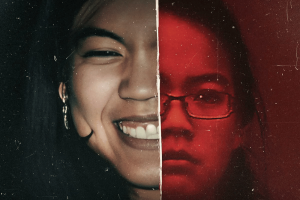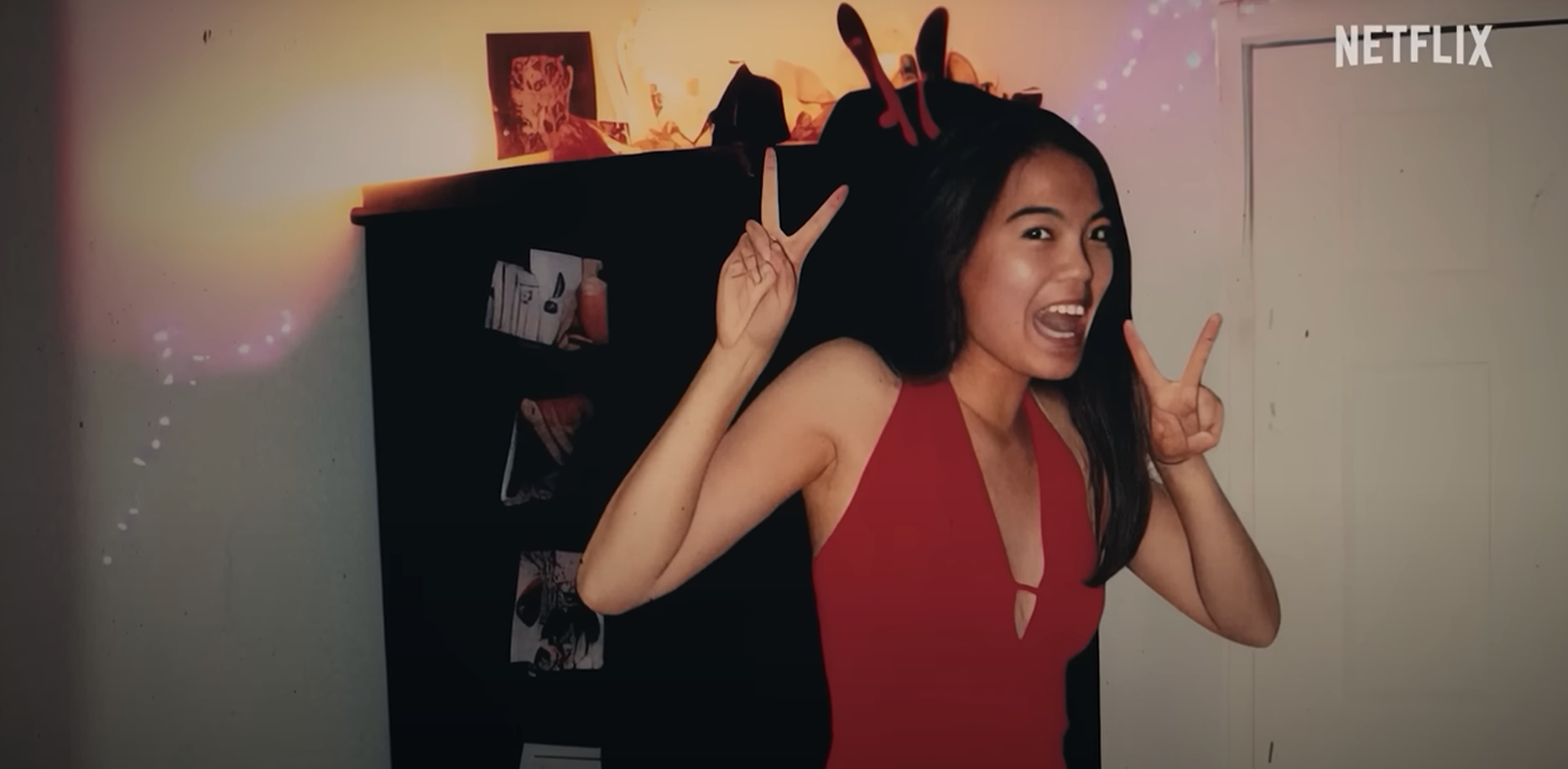
Netflix has reportedly used what appear to be AI-generated or manipulated images in a recent true-crime documentary.
“What Jennifer Did” is about a murder-for-hire plot involving a woman named Jennifer Pan that took place in Canada back in 2010. The streaming service allegedly used photos to depict her personality, which her high school friend Nam Nguyen described as “bubbly, happy, confident, and very genuine.”
At around the 28-minute mark of the documentary, several images show Pan with twisted and distorted hands and fingers, misshapen facial features, objects in the background that have morphed, and an excessively long front tooth.

However, in later pictures, the features have altered, for example, the previously long front tooth now appears uniform. If true, the report raises serious concerns about the use of such images in documentaries, especially since the suspect depicted is currently in prison awaiting a retrial.

AI image generators notoriously have a hard time making pictures of human hands. It’s hard to determine exactly what occurred during the editing process, but it’s possible that the producers used a single image as a source to create additional “photos.” However, the resulting output could be perceived as biased rather than impartially presenting the case facts.
Ontario’s Court of Appeal ordered a new first-degree murder trial for the Toronto-area woman in 2023, as the trial judge said the jury should have been given more options.
There has been backlash online, with one social media user accusing the service of relying on AI instead of hiring workers to do the job. Futurism writer Victor Tangermann stated: “Resorting to the tech to generate pictures of a real person, especially of somebody who’s still in jail and will only be eligible for parole around 2040, should raise some alarm bells.”
Netflix using AI for this documentary called What Jennifer Did is so reckless. Wtf is wrong with these streaming services? There are so many talented journalists, graphic designers, producers, etc. Why not use A HUMAN to get this right?
— Jurnee
(@enjoythejurnee) April 15, 2024
How does Netflix use AI?
Netflix uses AI to keep an eye on what users watch, what they like and what they rate highly. Then based on this information, it suggests other shows and movies that users are likely to find interesting.
The streaming service has a Machine Learning research hub to “explore innovative techniques for efficient estimation methods in predictive modeling, and how these models are applied in real-world, discrete survival settings.”
Netflix said it is focusing on off-policy estimation, crucial for policy evaluation and optimization, addressing challenges like distribution shift and large action spaces through innovative techniques like the Policy Convolution estimators. It also explores uncertainty quantification, empirical risk minimization under adaptive data, and efficient Bayesian deep learning methods, aiming to enhance risk improvement and generalization guarantees in machine learning applications.
The company has previously faced backlash from Hollywood actors and writers after posting a job ad for an AI expert. The ad, offering an annual salary of up to $900,000, exacerbated concerns among Hollywood unions about the impact of AI on the entertainment industry and wages.
ReadWrite has reached out to Netflix for comment.
Featured image: Netflix (Partial poster image)
The post Netflix accused of using AI-altered images in true crime documentary appeared first on ReadWrite.

Comentarios recientes